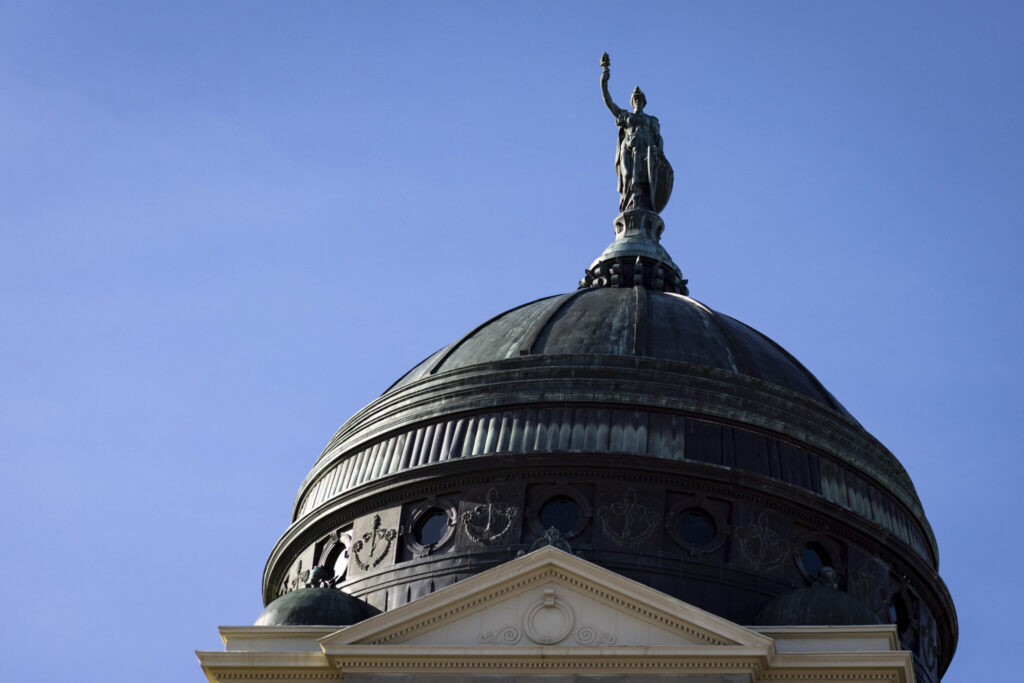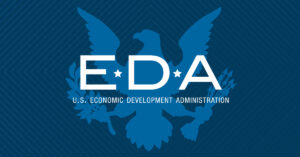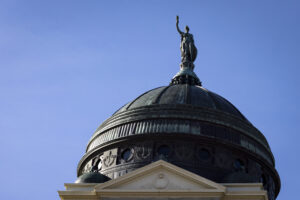Montana Governor Greg Gianforte has proposed a significant income tax cut that promises to reshape the tax landscape for residents. The proposal, touted as the largest in state history, aims to reduce the tax rate from 5.9% to 4.9%, offering $850 million in permanent relief. The plan also includes an increase in the earned income tax credit to support low- and middle-income families. As the Montana Legislature prepares to review this budget in 2025, debates over the tax cuts’ fairness and impact are heating up.
According to the Governor’s Office, the changes will provide tangible benefits across income levels. However, critics argue that the wealthiest would see the most significant savings. For instance, residents earning under $26,700 may save around $39, while those earning $749,001 could enjoy a reduction of $9,577. Representative Mary Caferro highlighted concerns that 75% of savings target the top 20% of earners, leaving middle-income Montanans with minimal gains.
Senator Greg Hertz supports the cuts, suggesting that lower taxes could enhance Montana’s business competitiveness. He also noted that the current tax structure disproportionately burdens lower-income families. “The bottom 50% of people in Montana pay 6% of all income taxes, while the top 10% pay 58%,” Hertz stated, emphasizing the imbalance.
The Montana Budget and Policy Center analyzed the proposal, predicting a $255 million annual cost from the rate reduction. Their model shows upper-income households benefiting more, with families earning $30,000 to $85,000 seeing cuts between $40 and $115.
Governor Gianforte’s spokesperson, Kaitlin Price, defends the plan, asserting that every Montanan will benefit. The proposal also builds on Senate Bill 399 from 2021, which removed nearly 100,000 low-income residents from tax rolls by aligning state and federal standard deductions. Hertz believes the state must balance revenue needs with competitive tax rates to attract business investments.
Executive Director Heather O’Loughlin from the Montana Budget and Policy Center warns that such cuts could significantly reduce state revenue, raising questions about future budget investments. The debate continues as Montana evaluates how these changes could impact its economic and fiscal landscape.






